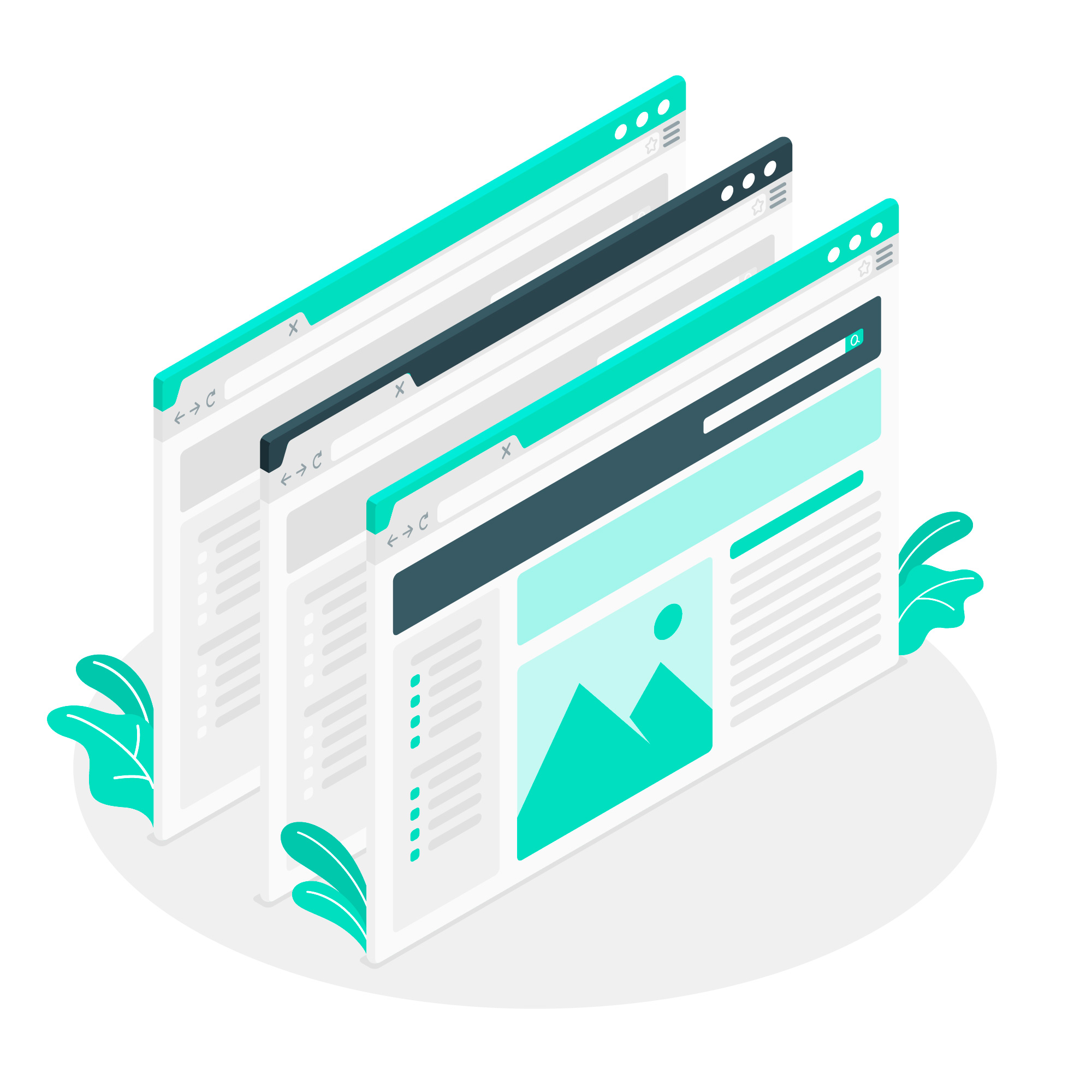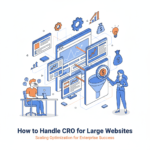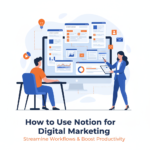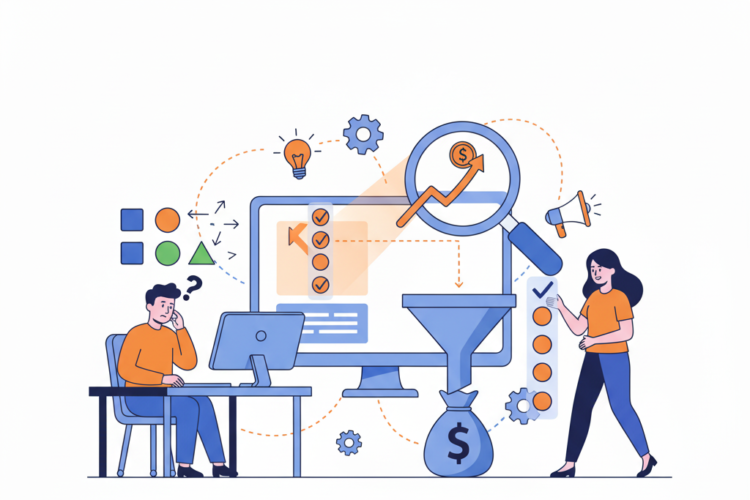
Anatomy of a Perfect Landing Page: A Complete Guide for High-Converting Designs
Table of Contents
Introduction
What Is a Landing Page?
Why Landing Page Optimization Matters
Key Elements of a High-Converting Landing Page
Compelling Headline
Subheadline That Supports the Message
Visuals That Capture Attention
Clear and Focused Call-to-Action (CTA)
Benefits-Oriented Copy
Trust Builders (Social Proof)
Lead Capture Form
Clean, Mobile-Responsive Design
SEO and Page Speed
Conversion Tracking & A/B Testing
Above the Fold vs Below the Fold
The Psychology Behind Landing Page Design
Examples of Great Landing Pages
Tools to Build & Test Landing Pages
Common Landing Page Mistakes to Avoid
Final Thoughts & Pro Tips
1. Introduction
In digital marketing, landing pages are where clicks turn into conversions. Whether you’re running ads, launching a product, or collecting leads, the success of your campaign often hinges on how well your landing page performs.
This guide breaks down the anatomy of a perfect landing page—each element, its purpose, best practices, and how to make it work for you.
2. What Is a Landing Page?
A landing page is a standalone web page, created specifically for a marketing or advertising campaign. It’s where a visitor “lands” after clicking a link in an ad, email, or other digital sources.
Unlike a homepage, a landing page is goal-focused—it’s designed to drive a single action: sign up, buy, download, etc.
3. Why Landing Page Optimization Matters
Higher ROI: More conversions mean better returns on your ad spend.
Better User Experience: Focused design reduces friction.
Improved Ad Quality Scores: Platforms like Google reward high-performing landing pages.
Clear Messaging: A refined landing page aligns with the campaign’s value proposition.
4. Key Elements of a High-Converting Landing Page
🔹 1. Compelling Headline
Your headline is the first impression. It must be:
Clear and specific
Benefit-driven
Aligned with the ad or traffic source
Example:
❌ “Grow Your Business”
✅ “Generate 3X More Leads with Our CRM in Just 7 Days”
🔹 2. Subheadline That Supports the Message
This expands on the headline by:
Adding clarity or specifics
Offering a value proposition
Reducing ambiguity
Example:
“Our all-in-one CRM helps small businesses automate outreach and close more deals—without a tech team.”
🔹 3. Visuals That Capture Attention
Use imagery that:
Shows the product in action
Connects emotionally
Reinforces the value
Types of visuals:
Product photos
Explainer videos
Animated illustrations
Hero banners with callouts
📌 Tip: A video on a landing page can increase conversions by up to 86% (source: EyeView Digital).
🔹 4. Clear and Focused Call-to-Action (CTA)
The CTA is the action you want users to take.
Make it:
Bold and visible
Action-oriented (“Start Free Trial”, “Download Now”)
Limited to ONE primary CTA per page
Placement:
Above the fold
After testimonials or benefits
At the bottom of the page
🔹 5. Benefits-Oriented Copy
Users don’t care about features—they care about what’s in it for them.
Structure:
Use bullet points
Focus on outcomes
Keep it scannable
Example:
Automate follow-ups with zero code
Close deals 35% faster with built-in templates
Never miss a lead again
🔹 6. Trust Builders (Social Proof)
People follow the crowd. Include:
Customer testimonials
Star ratings
Media mentions
Logos of past clients
Trust badges (SSL secure, money-back guarantees)
Pro Tip: Place testimonials near the CTA or pricing section for reassurance.
🔹 7. Lead Capture Form
Keep it short and sweet.
Best practices:
Ask only for what you need (email > name > phone)
Use smart forms (e.g., progressive profiling)
Place a CTA near the form (“Get My Free Guide”)
Advanced tactic: Multi-step forms often outperform single long forms by reducing perceived effort.
🔹 8. Clean, Mobile-Responsive Design
With over 60% of web traffic on mobile, your landing page must:
Load fast (under 3s)
Have large, tappable buttons
Feature vertical layouts
Avoid pop-ups that block content
Tools like Unbounce and Webflow automatically create responsive designs.
🔹 9. SEO and Page Speed
Even if you’re not aiming for organic traffic, SEO helps with relevance and trust.
Checklist:
Descriptive title tags
Meta descriptions
Alt tags for images
Compressed visuals
Use tools like Google PageSpeed Insights or GTmetrix
🔹 10. Conversion Tracking & A/B Testing
Measure what matters:
Conversion rate
Bounce rate
Heatmaps and scroll depth
Test:
Headlines
Button color/placement
Length of copy
Trust signals
Different media (video vs image)
Tools: Google Optimize, VWO, Hotjar, Crazy Egg
5. Above the Fold vs Below the Fold
📍Above the Fold = the visible part of the page before scrolling
Key items to place here:
Headline
Subheadline
CTA
Hero Image
📉 Below the Fold = deeper content like:
Feature lists
FAQs
Testimonials
Trust signals
Deep copy for motivated buyers
6. The Psychology Behind Landing Page Design
Principles to Apply:
FOMO: Show scarcity or urgency
Reciprocity: Offer something valuable for free (lead magnets)
Social Proof: Leverage peer influence
Clarity over Cleverness: Don’t make users guess
Visual Hierarchy: Guide the eye from top to CTA
7. Examples of Great Landing Pages
1. Shopify Free Trial Page
Clear value proposition
One action: Start Free Trial
Testimonials and product UI images
2. Slack for Teams
Product screenshots + benefit statements
CTA in multiple scroll points
Social proof via logos
3. Notion Templates Page
Clean design, minimal text
Focused on showcasing the product
Emotional appeal for productivity lovers
8. Tools to Build & Test Landing Pages
Unbounce – A/B testing, templates
Webflow – Design freedom + CMS
Instapage – Enterprise-grade tools
Carrd – Lightweight, budget-friendly
Leadpages – Easy for beginners
ClickFunnels – Funnel building + automation
9. Common Landing Page Mistakes to Avoid
❌ Too many CTAs
❌ Vague headlines
❌ Asking for too much info
❌ Not optimized for mobile
❌ Ignoring page speed
❌ No tracking or testing
❌ Misalignment between ad and landing page
10. Final Thoughts & Pro Tips
A perfect landing page is a marriage of design, copywriting, psychology, and UX. It isn’t built once—it’s continually tested, optimized, and evolved.
🔥 Pro Tips:
Match landing page messaging with ad copy
Repeat your CTA multiple times on long pages
Use urgency sparingly but effectively
Break longer content into visual sections
Always test—your assumptions are just hypotheses
Author



